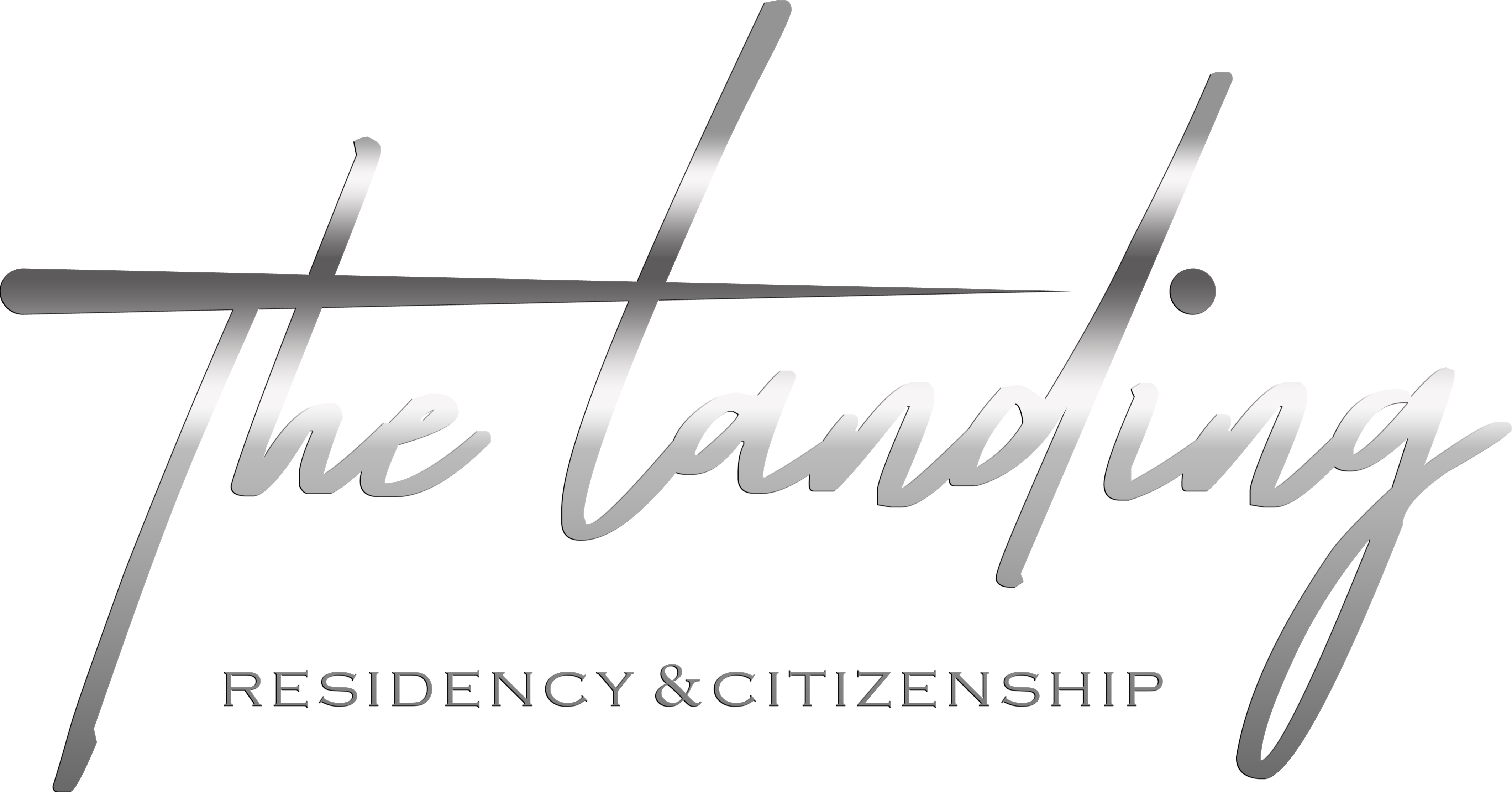Blog
The German Economy: A Global Powerhouse of Innovation and Stability

Germany boasts one of the world’s most advanced and robust economies, ranking third globally and first in Europe in terms of GDP. Its unique economic model seamlessly blends industrial innovation, strong exports, and a balanced mix of free-market principles with social protections, making it a benchmark for growth and stability.
Key Pillars of the German Economy:
Unmatched Industrial Strength
- Germany is a global leader in heavy industries and engineering, home to renowned brands like Mercedes, BMW, and Volkswagen in the automotive sector, alongside thriving machinery, chemical, and electronics industries.
- The economy thrives on small and medium-sized enterprises (SMEs), which are known for their innovation and strong export orientation.
Export-Driven Economy
- Germany is the third-largest exporter in the world, with exports accounting for 50% of its GDP.
- Key exports include automobiles, machinery, chemicals, and advanced technology.
- Major trading partners include the European Union (especially France and the Netherlands), the United States, and China.
Green Energy Transition
- Since 2011, Germany has been leading the Energiewende initiative, focusing on renewable energy sources like wind and solar, while reducing reliance on nuclear power and coal, reinforcing its global position in sustainability.
Strong Labor Market & Effective Education System
- The German labor market enjoys a low unemployment rate of around 3% (as of 2023), largely due to the dual education system, which combines vocational training with academic studies, ensuring a highly skilled workforce.
In Summary Germany’s economy is a prime example of technological progress, industrial expansion, and environmental sustainability, making it a top destination for investment, employment, and long-term financial security in one of the world’s strongest economies.

